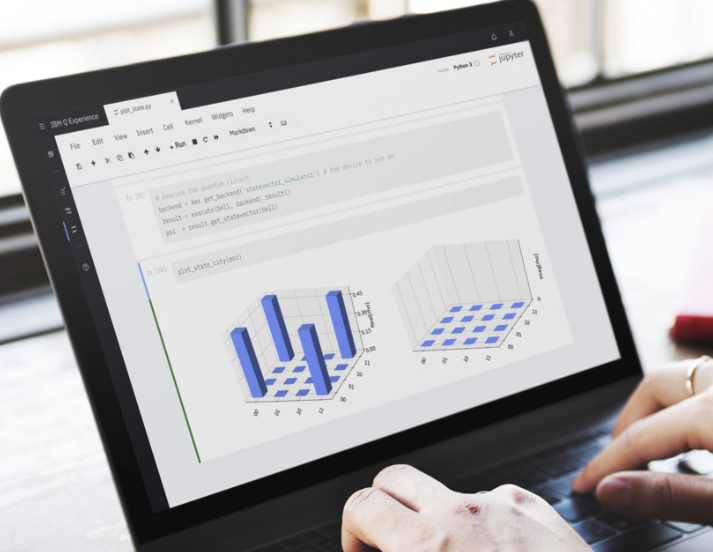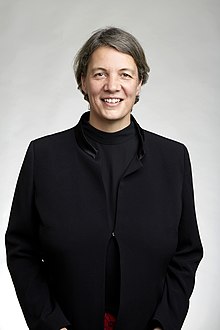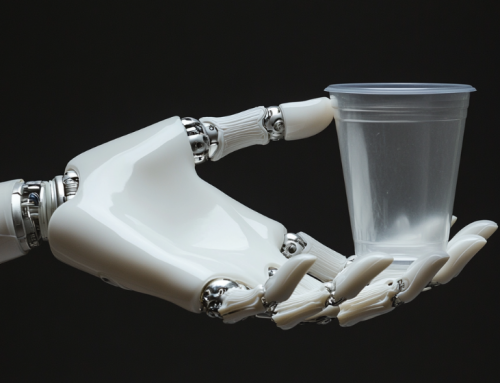
The IBM Qiskit notebook computer, which accesses quantum computing in the cloud, is used at many of IBM’s quantum partners at universities. (credit: IBM)
Virginia Tech Creates Algorithm to Reduce Noise, Los Alamos Trains Students
Virginia Tech College of Science faculty members discovered a way to minimize errors in quantum computations by devising an algorithm that can more efficiently calculate the properties of molecules on a “noisy” quantum computer, according to a story on phys.org.
In a paper published in Nature Communications, the team of three researchers, Ed Barnes, Sophia Economou, and Nick Mayhall, explained that the AI program will help solve the problem of noise by using a method that grows the circuit in an iterative way.
“We start with a minimal circuit, then grow it as we add on logic gate after logic gate in short circuits until the computer finds the solution,” said Mayhall, an assistant professor in the Department of Chemistry.
The algorithm is also designed to adapt based upon the molecular system being simulated, with different molecules determining their own circuits, uniquely tailored to them.
The team’s story on the discovery gives an idea of how important the U.S. government views quantum computing advances. The team of researchers earned a grant of more than $2.8 million from the National Science Foundation and the U.S. Department of Energy for their research. IBM served as a partner by providing the quantum computing hardware.
The U.S. government is also investing in training college students about quantum computing at a “summer camp” at Los Alamos National Laboratory (LANL), according to a story on vice.com. The LANL Quantum Computing Summer School is spending 10 weeks learning about quantum computing. The program had 230 applicants for 15 spots.
The camp is unique not only because access to quantum computers is nearly impossible to get unless a computer science student is in an advanced research program, but also because its focus is on simulating nuclear blasts and encryption.

Michelle Simmons, quantum research leader at the University of New South Wales, celebrated a groundbreaking advance.
While American universities are racing to develop quantum computing, another country has made great strides. According to a story on sciencedaily.com, an Australian team led by 2018 Australian of the Year Professor Michelle Simmons has achieved the first two-qubit gate between atom qubits in silicon⏤a major milestone on the team’s quest to build an atom-scale quantum computer. Published in the journal Nature, the two-qubit gate is the fastest that’s ever been demonstrated in silicon, completing an operation in 0.8 nanoseconds, which is 200 times faster than other existing spin-based two-qubit gates.
The research conducted at the University of New South Wales creates a super-fast version of the central building block of a quantum computer, the culmination of two decades of work.
“This is a massive advance: to be able to control nature at its very smallest level so that we can create interactions between two atoms but also individually talk to each one without disturbing the other is incredible,” Simmons said. “A lot of people thought this would not be possible.”







Leave A Comment